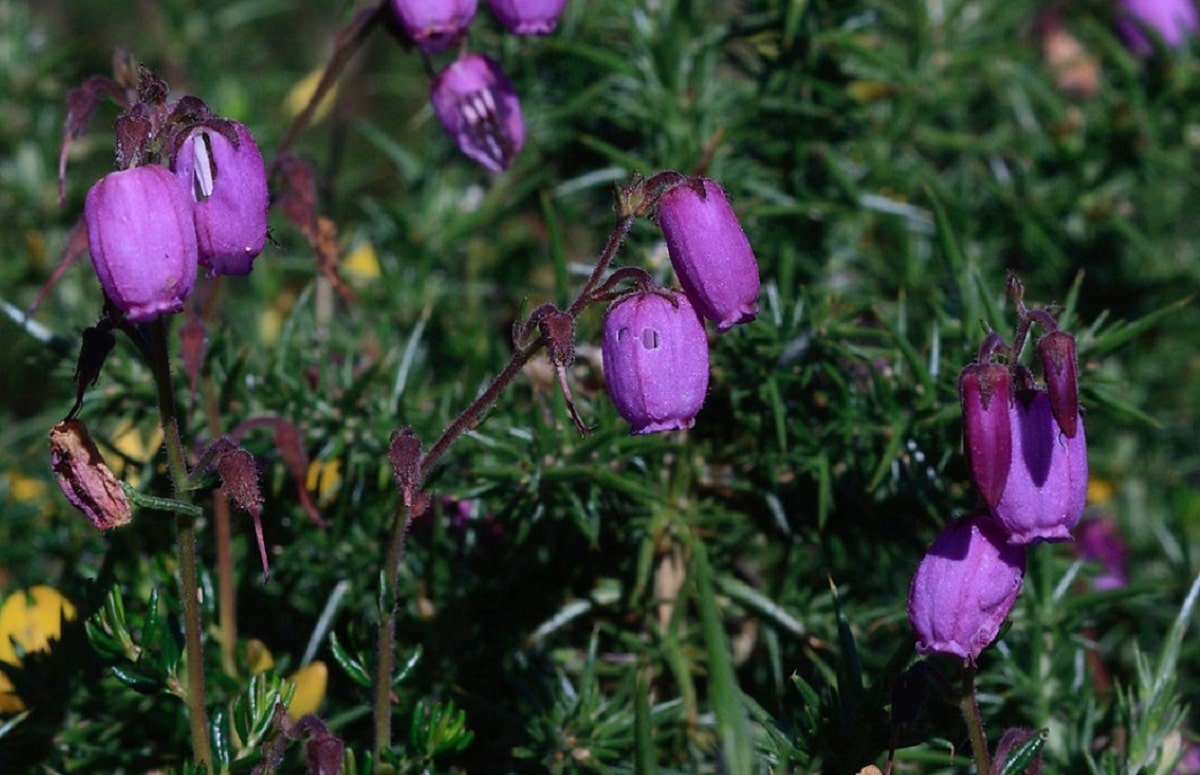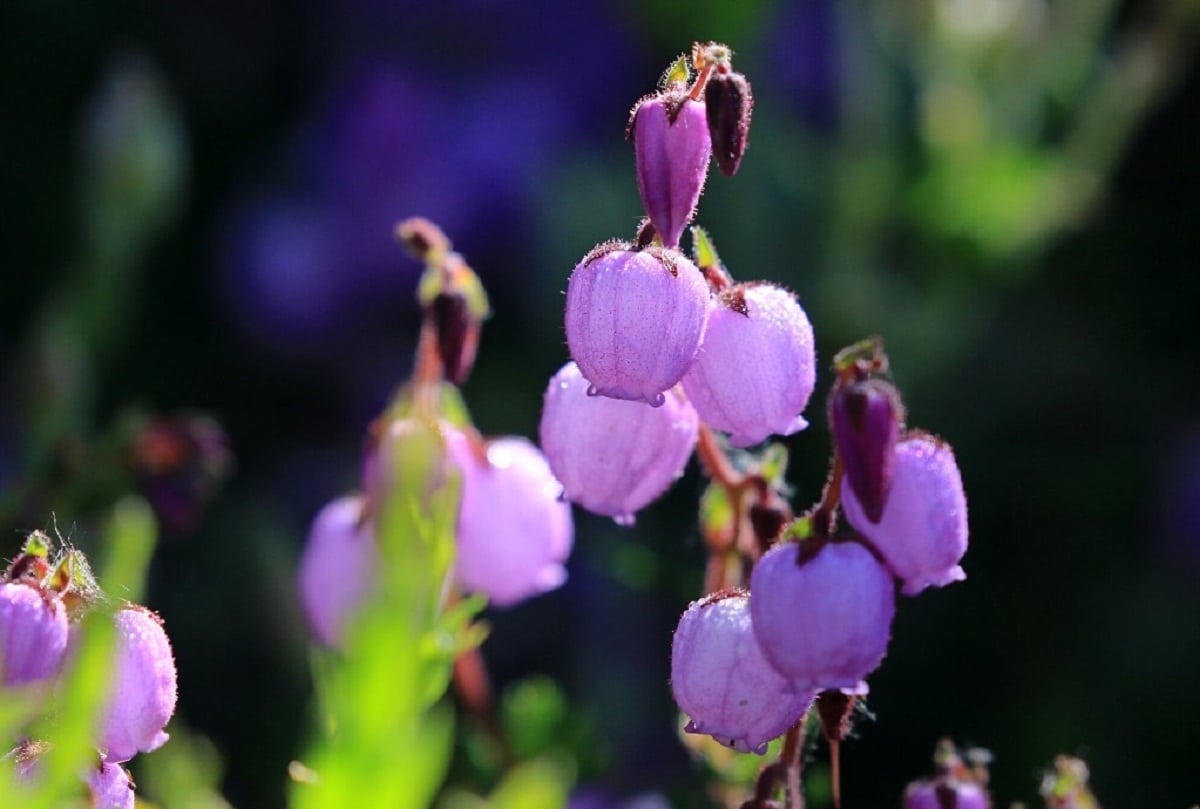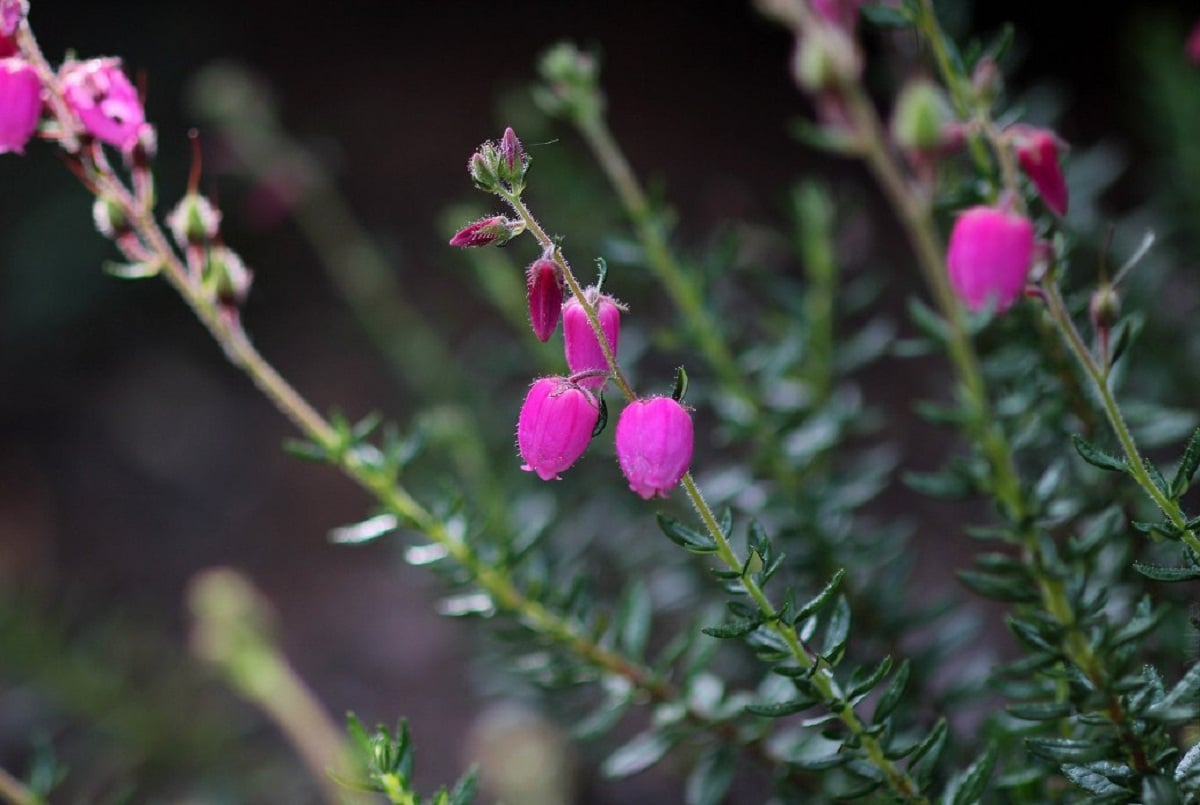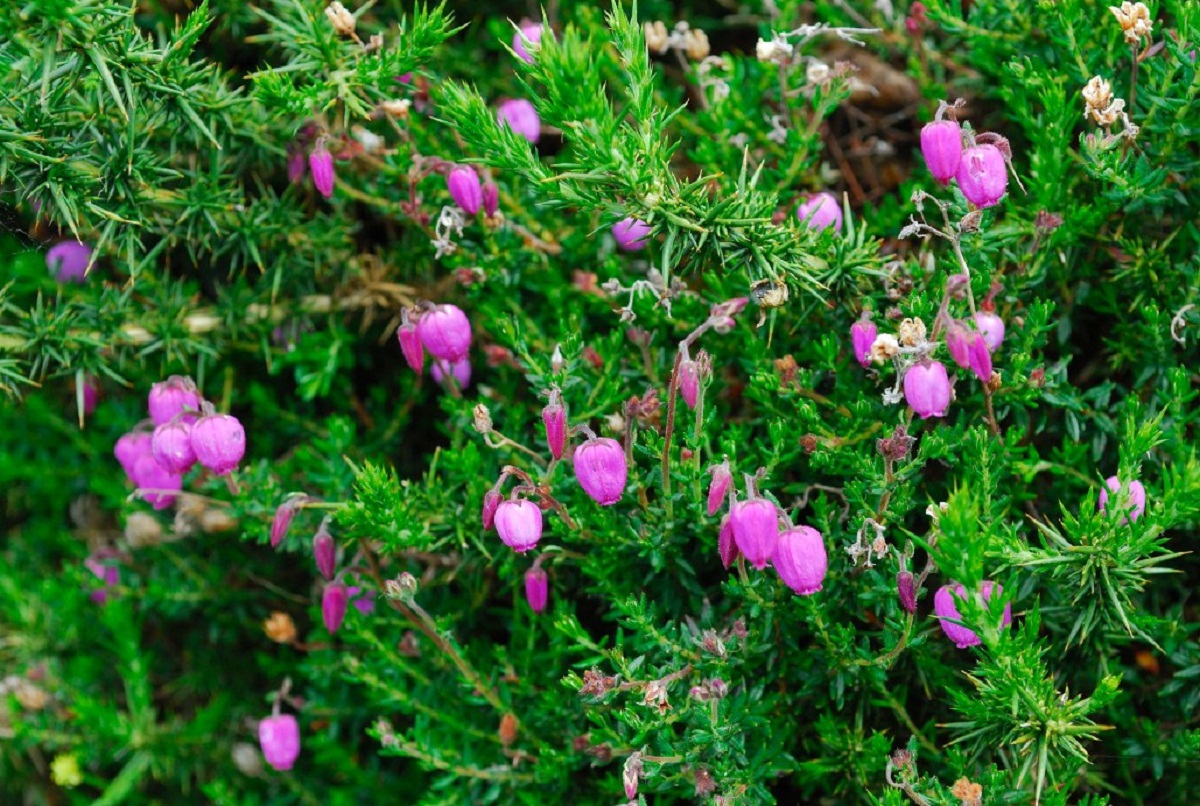
To this day, we have information on a plant that belongs to the Ericacea family and that has shrub attributes. You will know a large part of this plant, both its characteristics, some general information and where it comes from, as well as how it should be grown and many other points.
La daboecia cantabrica It is the indicated ornamental plant, if what you are looking for is to give a new life to your garden, this being your opportunity to meet a species that will allow it.
From

As you may well have realized, the name of daboecia cantabrica is the scientific name attributed to this plant. Nevertheless, is known by various common or vulgar names, and among some of them are Vizcaya heather, Irish heather, gorbieza and tamborella.
As with the rest of the plant species, its name depends a lot on the place where it is established. For sure we cannot tell you the place of origin of this plant, but what we can mention is that it is distributed in a large part of Galicia.
In the same way, it is usually seen in rocky areas of Austria, Castilla, the Basque Country, and / or any other area where there are acid substrates in heaths. It is also often seen a lot in forests and areas with high rock density that are located between 50 and 1500 meters above sea level.
For some it is a surprise that it can even be seen in some British Isles, in the northwest of Portugal, even in the west of France. Although we already mentioned Galicia as a place where you can see it, specifically they are in its 4 provinces.
Features daboecia cantabrica
Now, it's time to move on to the features. At first glance, the plant may not seem like much to you because it is not very showy, bushy or of great volume. What most attracts the attention and attracts the eye of anyone, are its flowers and the beautiful color they have.
Plant It is quite small and has a woody texture on both its main “trunk” and its stems.. In general, the stems of this heather do not exceed 70 cm in length, so its smallest size can reach 20 cm.
It should be noted that regardless of size they tend to be extremely fragile, so they must be handled with great care. An interesting fact is that the stems can acquire various colors.
That is, depending on the color of its flowers and the type of derived species, the stems can be light green almost becoming a greenish brown, or they can be very light red that is confused with fuchsia.
Generally, stems tend to grow upward and with very few leaves, and in order to give it enough space to appear from 4 to 10 or more flowers per stem. So it is very common to see stems that stick out and that the upper part has flowers, while the lower part has more leaves.

Very different from other types of shrubs that have similar characteristics and that also have the ability to generate flowers, the flower of the daboecia cantabrica tends to have a droopy look.
That is to say, it is as if each stem has flowers that look similar to a bell but instead of being able to see its center from above, (as is common among flowers), its orientation is towards the ground.
Usually, flowers grow in groups of about 6 to 15 flowers. And as we already mentioned, they tend to be hanging flowers. In addition, it must be said that it is a flower that is made up of four petals, and that these can be purple or reddish-fuchsia.
As for its leaves, there is not much to say, since its arrangement on each stem is alternately, it has a lanceolate appearance and an oblong blade. Its color is green on its beam, while it has a whiter tone on its underside.. They can grow either at the beginning of each stem, or appear a stem solely for its leaves.
An important point that was not mentioned about this plant is its flowering time. Although it blooms mainly in summer, you can find many plants capable of producing flowers constantly between March and November. Not with the same intensity but you will have a good time blooming.
Cultivation and care
The main thing you have to know to be able to grow or at least plant this particular species, is that you will need a heath to be able to give life to this bush. That is, you have to have land or at least a good proportion of land that is intended solely for daboecia cantabrica.
Although this does not have to be necessary or mandatory, you may well have a terrain with sandy characteristics, that is not chalky or peaty and still be able to grow this heather. However, you will need to drain the plant, otherwise it will die before giving its first flowers.
As for the date or time when you should plant this heather, you should do it during the spring. Likewise, its cuttings have to be semi-woody and it must be done during the month of July.
In case its feet or the base of the stems begin to lose integrity, you can cut them, but you should wait until March or May to do it. In addition, you can also prune it during these dates so that it can grow with the silhouette that you like the most.
As for irrigation, this must be controlled. You don't have to add too much water or leave it without it for a long time. It is advisable to do it just when you notice that your land is dry, being there where you must add enough water to avoid waterlogging.
Uses

Formerly it was used as a filler for pillows or mattresses. Currently this use remains in posterity and only used as a way to make a diuretic infusion. Although some beekeepers use the cultivation of the daboecia cantabrica in order to produce quality honey and take advantage of the large amount of nectar it produces.
So if you intend to have this plant in your garden, you will most likely see bees hanging around just when the plant is in bloom time, and if you have the hive near your home, go ahead and try its honey.